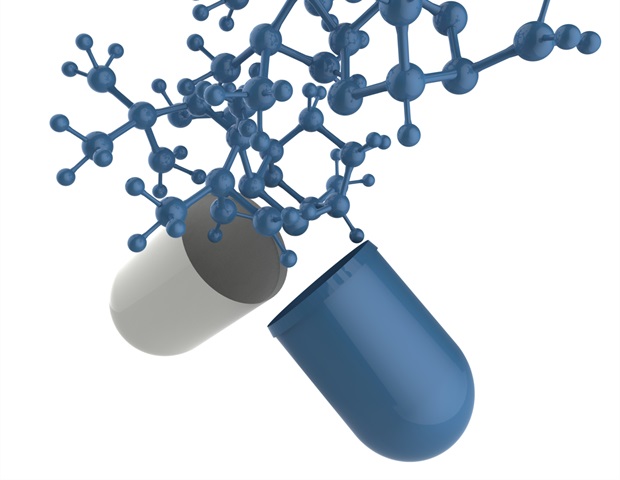
There’s an arms race in medication – scientists design medication to deal with deadly bacterial infections, however micro organism can evolve defenses to these medication, sending the researchers again to sq. one. Within the Journal of the American Chemical Society, a College of California, Irvine-led crew describes the event of a drug candidate that may cease micro organism earlier than they’ve an opportunity to trigger hurt.
The difficulty with antibiotics is that this disaster of antibiotic resistance. With regards to antibiotics, micro organism can evolve defenses in opposition to them – they’re changing into stronger and all the time getting higher at defending themselves.”
Sophia Padilla, Ph.D. candidate in chemistry and lead writer of the brand new examine
About 35,000 individuals within the U.S. die annually from antibiotic-resistant bacterial infections from pathogens like Staphylococcus, whereas about 2.8 million individuals undergo from bacteria-related diseases.
“It is a massive drawback,” stated James Nowick, a Distinguished Professor of chemistry at UC Irvine who co-led the examine.
The crew designed a brand new household of antibiotics that is a variation of an current drug referred to as vancomycin, which is used as a final resort for very in poor health sufferers. The brand new model of vancomycin targets, bonds to and renders inactive two totally different elements of a molecule on the surfaces of pathogenic micro organism.
Nowick likens the method to grabbing the micro organism with each fingers and subduing it. “What’s taking place on the molecular degree is there are two items that may be focused and that may be grabbed on to,” he stated.
This new model of vancomycin could possibly be an enormous leap ahead. By binding molecules that micro organism must construct a protecting cell wall, the drug could assist finish the antibiotic-bacteria arms race and get rid of the necessity for researchers to constantly design new medication to deal with newly advanced strains of antibiotic-resistant micro organism.
Padilla defined that the arms race is an ongoing and costly endeavor. “It does not actually remedy the issue,” Padilla stated. “When it comes to antibiotic improvement, I consider we should not focus solely on modifying what we already know works, however relatively take a step again and undertake a brand new method.”
Padilla and Nowick hope their new household of antibiotics evokes different researchers to discover comparable approaches for treating antibiotic-resistant pathogens in non-traditional methods.
“What’s a brand new approach that we are able to develop an antibiotic that does not require us to maintain doing the identical factor over and over?” stated Padilla. “I feel with our method, and the method of a number of others, we’re beginning to goal one thing that micro organism will almost certainly not evolve resistance to.”
Supply:
Journal reference:
Padilla, M. S. T. L., & Nowick, J. S. (2025). Vancomycin–Teixobactin Conjugates. Journal of the American Chemical Society. doi.org/10.1021/jacs.4c17175.